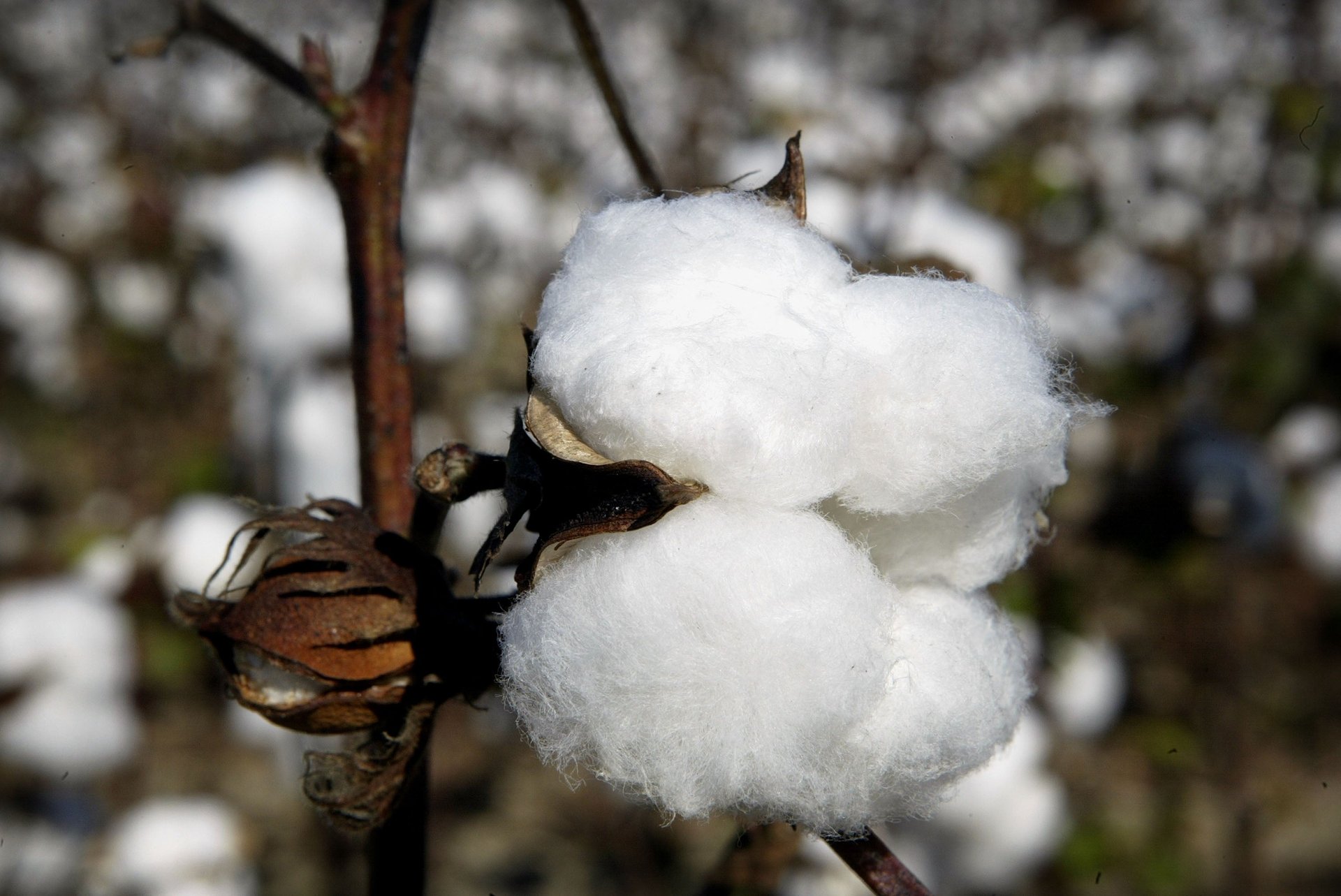Flooding in Pakistan, drought in Texas, and the Xinjiang ban are pushing cotton into crisis
Pakistan flooding, drought in Texas, and the Xinjiang ban are pushing cotton into crisis

A cotton crisis is looming. Severe climate events and political tensions have disrupted each of the world’s top-five cotton-producing countries, spelling trouble for downstream businesses globally, including apparel, homewares, and even medical supplies.
This week, as much as half of Pakistan’s cotton crop has been damaged by catastrophic flooding, a government minister said on Tuesday. The south Asian nation is the fifth largest producer and contributes roughly 6% of global cotton supply. The severe rains in Pakistan have put one third of the country underwater this week and claimed the lives of at least 1,100 people.
Even prior to Pakistan’s woes, the year has not been good for cotton. India, the world’s top producer, has also dealt with heavy rainfall and pests that have destroyed cotton crops, affecting its output so much that the country began importing the fiber. India’s cotton output is likely to fall to 33.51 million bales this year, down from last year’s 35.3 million bales, estimates the Cotton Association of India.
China, the US, Brazil, and Pakistan round out the top five global cotton producers respectively. Each has been beset by problems contributing to rising cotton prices.
Cotton crops in Texas, the largest US producer contributing more than half of domestic output, have been decimated by drought. The state is expecting to see its output drop by more than $2 billion, around half the normal level.
That in turn has led the US Department of Agriculture to slash its national total expected cotton production by 28%, the lowest level in a decade. As the US is the third largest global producer and top exporter of cotton worldwide, “a smaller crop will have an outsized effect on global exportable supplies,” said Gro Intelligence, an agriculture data firm.
China and Brazil too, for most of the summer had been struggling with heat waves. This week finally brought some rain to drought-hit areas in China but for American businesses and consumers, it may be moot given the US ban on cotton from Xinjiang, which kicked into effect in June. The autonomous region in China’s far west is responsible for 20% of the world’s cotton supply but is also where over a million Uyghurs have been subjected to brutal forced labor camps. It’s likely that goods made with Xinjiang cotton are still finding their way to US consumers, hidden through intermediary countries that spin and process it, but the Biden administration has begun compelling companies to prove their goods are free of Xinjiang cotton.
